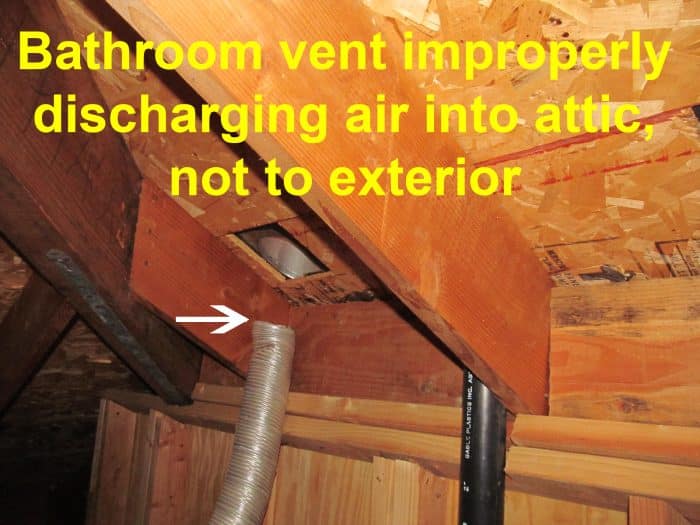A powerful fan draws cooler early morning and evening air through open doors and windows and forces it up through the attic and out the roof vents.
Blow hot air into attic form closet.
But it gets worse.
If you aren t renting or you have an understanding landlord you could run rigid metal vent pipe into the attic and then up and trough the roof capping it with a vent cap.
This sends hot air up and out cooling your house and your attic.
Locate the main plumbing stack furnace flue or chimney and note this on your sketch for a reference point once you get into the attic.
You ll end up with more hot air leaking through your ceiling during the summer than if you had no fan.
The pressurized air in the attic will force its way through ceiling cracks into the conditioned house.
These fans are commonly mounted in an upstairs stairwell or hallway ceiling where there s at least 3 ft.
To solve for exhausting this heat i took a two pronged approach.
In other words the fan will make the ceiling leak at a higher rate than it otherwise would.
Alternatively install passive vents such as gable soffit and ridge vents which are openings in the roof that allow hot air to escape.
Install electric ventilators and attic fans which remove hot air from an attic.
Adding a server closet return.
Intake vents located at the lowest part of the roof under.
In the winter months you will be injecting hot air into the room compounding the problem.
Of clearance above the fan.
In addition to making the unit hard to get to for service high attic heat can trigger the.
Once you re ready place a box fan in a window so it s blowing air into the house and close all the remaining windows and doors.
Cool air in hot air out attic ventilation works on the principle that heated air naturally rises primarily utilizing two types of vents.
What we need to do is exhaust the warm air from the room not inject air.
Exhausting it into a closet would be bad and wouldn t give you any net cooling in fact you d heat the system up from electricity consumption.















































